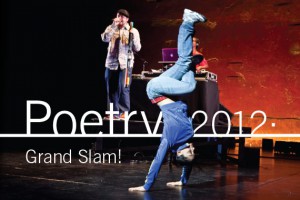Synecdoche is how we understand, comprehend our thoughts to be expressed when we speak, something generally common in its way that can be recognized as the complete . For example when we say “She’s such a brain”, meaning she is extreamly intelligent. Metonymy is describing one thing with another that is associated with the object, like when kids describe dogs saying “bow-wow”. Can anyone find a better way to simplify the definition of Synecdoche, and Metonymy or find more vibrant examples to help distinguish these two very similar but distinctive words?
Using symbols that represent something far greater than what is just plainly seen from the outside, that with better understanding of what it generally represents or why it was used, brings out a greater meaning to the poem than just words that were just simply put together. The poem by Thomas Centolella:
” The heart” this, “the heart” that-
I need something more capacious and durable
I need desert, I need ocean, I need a range
of mountains….
Since Centolella is the “heart” in his poem he does not literally mean his physical heart, its more of the human need to represent love, something that is not a solid object that can be bought at stores, but can anyone help describe his meaning of the “heart”? He also mentions that he wants something”more capacious and durable”, and then further in his poem describes “…desert”, “…ocean”, “…range of mountains”. In mentioning the heart first and his request for something more “capacious and durable” meaning he wants love that last and has no limit. Then if compared to deserts, mountains, and oceans; these natural objects that have been around since the formation of earth, in his poem he seeks love that is naturally sparked and that will last for years. If anyone has their own way of pointing better or different symbols/meaning of the symbols in this poem? Does anyone agree to what I have pointed out, please elaborate in your response?
In a poem by Red Hawk, mentions “the wind carries wolf”. Realistically no an actual wind cannot carry a whole wolf, but the wind can signify destiny and the wolf a person perhaps . This means that a person is always being moved by destiny, even when things don’t seem to be. The wind can also be soul or spirit that makes up a person who they are. The spirit of a fighter or warrior cannot be broken and this makes the person strong in battle or when dealing with a matter that a test to a person. Have I made myself clear or can anyone help attribute to what I am saying?




